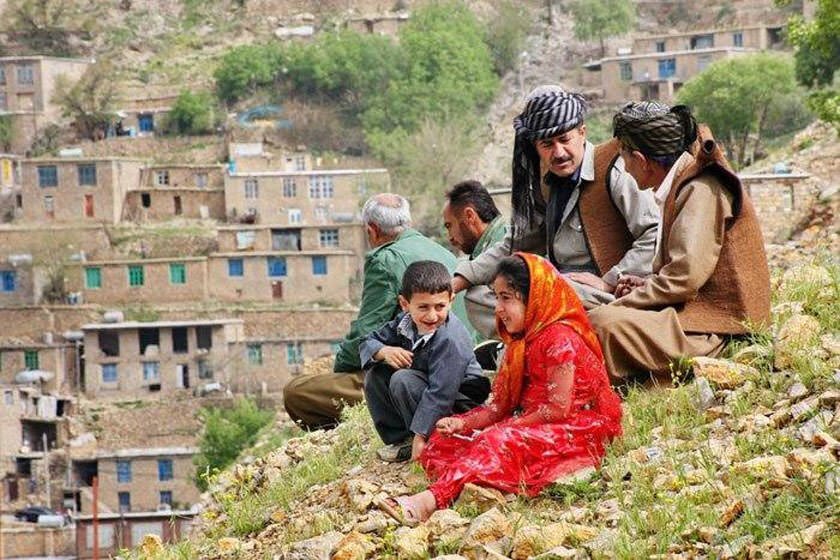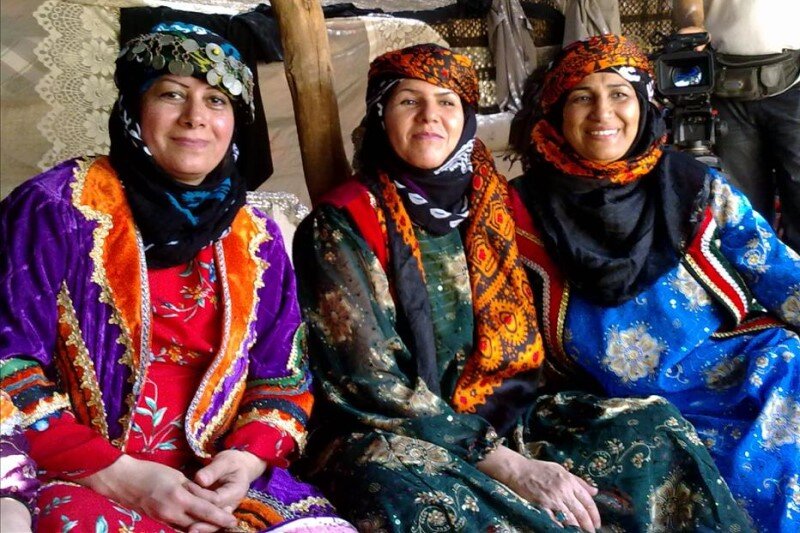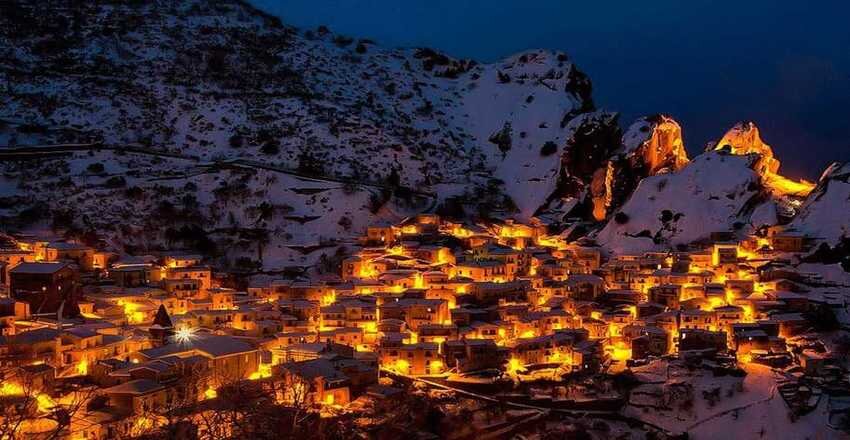Iran (IMNA) - Kordestān, also spelled Kurdistan, geographic region, northwestern Iran. It is bounded by the Iranian region of Azerbaijan on the north, and it borders Iraq on the west.
The name Kordestān means “Country of the Kurds,” referring to the region’s principal inhabitants. After the Turkish invasion of Iran in the 11th century ad (Seljuq period), the name Kurdistan was applied to the region comprising the northwestern Zagros Mountains. It was during the reign of ʿAbbās I the Great of Iran’s Ṣafavid dynasty (1501–1736) that the Kurds rose to prominence, having been enlisted by ʿAbbās I to help stem the attacks of the marauding Uzbeks from the east in the early 17th century.

The western part of the region is in the Zagros Mountains, whose ranges run northwest–southeast. The eastern part of the region is a plateau lying at an elevation of about 5,000 feet (1,500 m). Parallel ridges of the Zagros, separated by lowland basins, increase in height to the east until they merge with the plateau. Cones of formerly active volcanos are a dominant feature of the plateau, some of them reaching an elevation of more than 12,000 feet (3,700 m). The plateau is mostly barren land consisting of sand or stone desert with hills and rugged, brilliantly coloured rocks. The higher slopes of the Zagros Mountains are forested with oak, beech, and sycamore and have a great variety of alpine flowers. At lower elevations and in the valleys, walnut, fig, and almond trees are found. The plateau enjoys fairly mild winters and hot summers, with occasional dust storms.

The traditional Kurdish way of life was nomadic, revolving around sheep and goat herding throughout the Mesopotamian plains and the highlands of Turkey and Iran. Most Kurds practiced only marginal agriculture. The enforcement of national boundaries beginning after World War I (1914–18) impeded the seasonal migrations of the flocks, forcing most of the Kurds to abandon their traditional ways for village life and settled farming; others entered nontraditional employment.

Britannica


Your Comment